Optimal Timing for Waterproofing Applications
Waterproofing is a crucial process to prevent water intrusion and protect structures from damage caused by moisture. Proper timing ensures the effectiveness and longevity of waterproofing applications, reducing future repair costs and maintaining structural integrity.
Spring is ideal for waterproofing projects due to moderate temperatures and lower humidity, allowing materials to cure properly.
Summer offers warm weather and longer days, facilitating quick drying and application, but precautions against heat are necessary.
Fall provides cooler temperatures and less rain, making it suitable for waterproofing before winter.
Winter is generally not recommended due to freezing temperatures, which can hinder curing and adhesion of waterproofing materials.
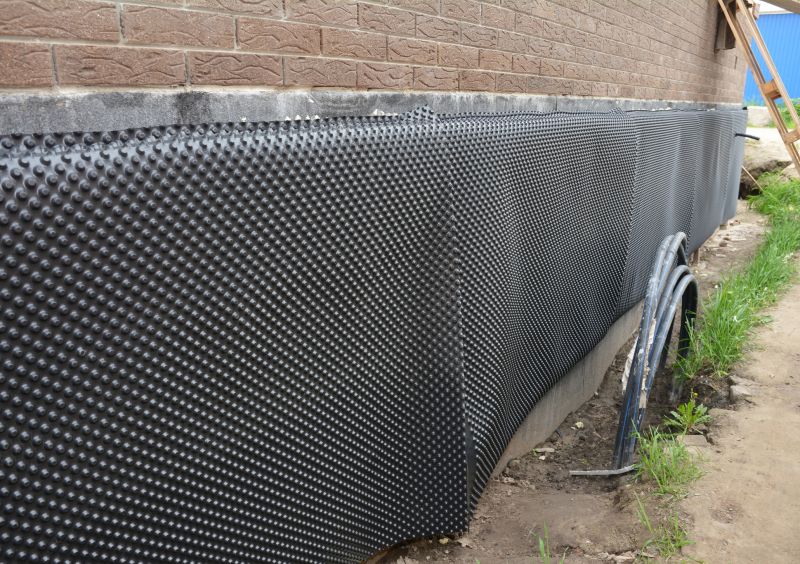
Waterproofing in spring ensures protection before heavy rainfall seasons.
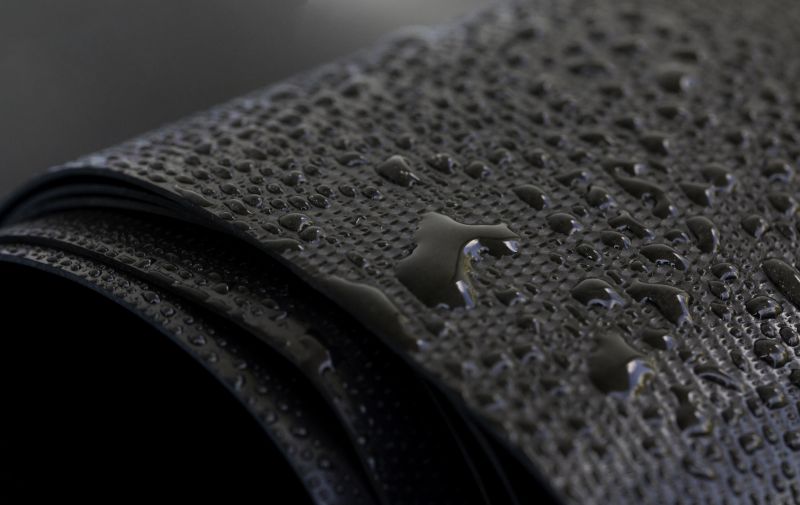
Optimal for quick application and drying in warm weather.
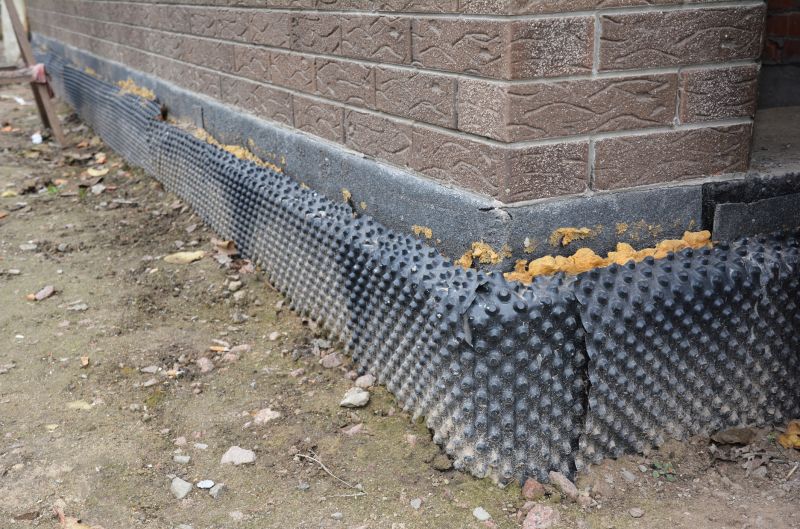
Prepares structures for winter conditions.

High-end options that actually feel worth it for Waterproofings.

Finishes and colors that play nicely with Waterproofings.

Little measurements that prevent headaches on Waterproofings day.
| Season | Recommended Timing |
|---|---|
| Spring | Early spring before heavy rains |
| Summer | Mid to late summer with warm weather |
| Fall | Early fall before temperatures drop |
| Winter | Generally not recommended |
Waterproofings involve applying protective barriers to surfaces to prevent water penetration. These barriers can be liquid coatings, membranes, or sealants designed to withstand moisture exposure. Proper application and timing are essential to ensure durability and effectiveness. Statistics indicate that waterproofing can extend the lifespan of foundations and roofs by several decades, significantly reducing maintenance costs over time.

Applying waterproofing membranes on building foundations.
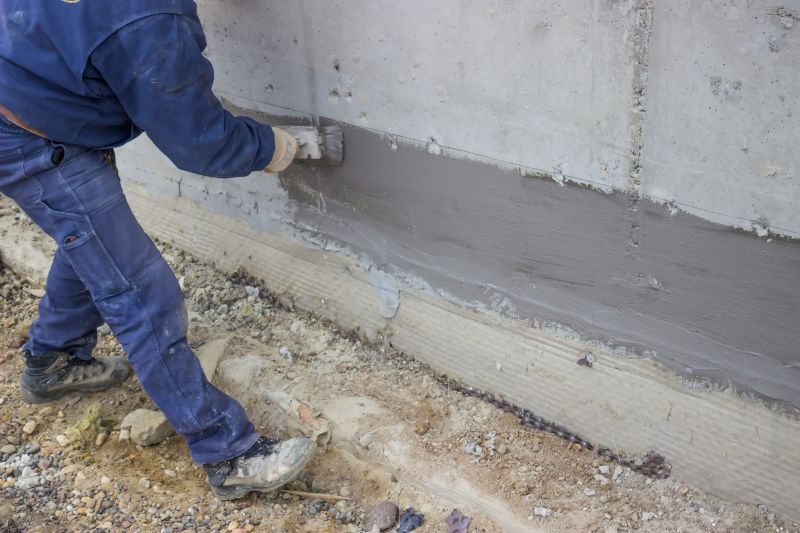
Sealing cracks to prevent water ingress during rainy seasons.

Protecting roofs from water damage with membrane coatings.
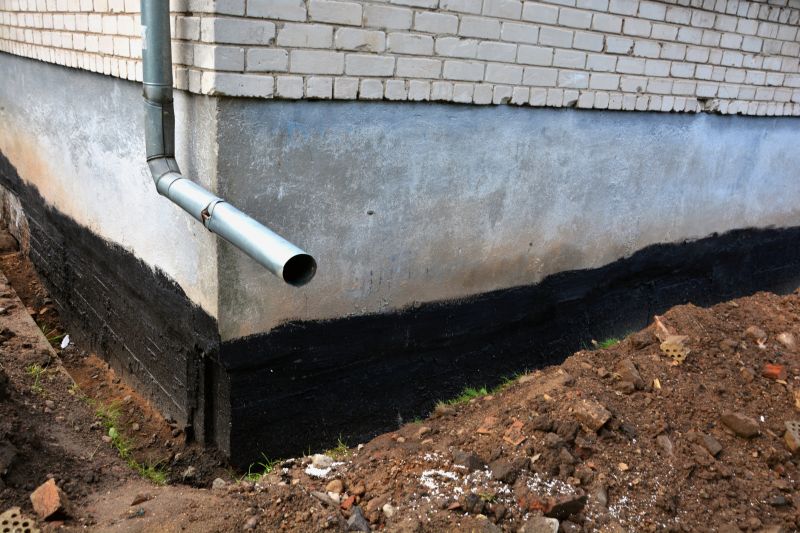
Preventing basement leaks and moisture buildup.

A 60-second routine that keeps Waterproofings looking new.
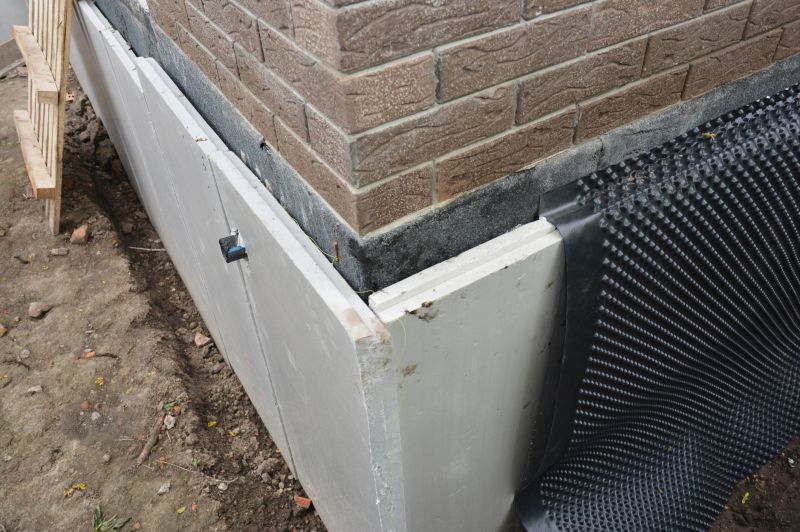
A frequent mistake in Waterproofings and how to dodge it.
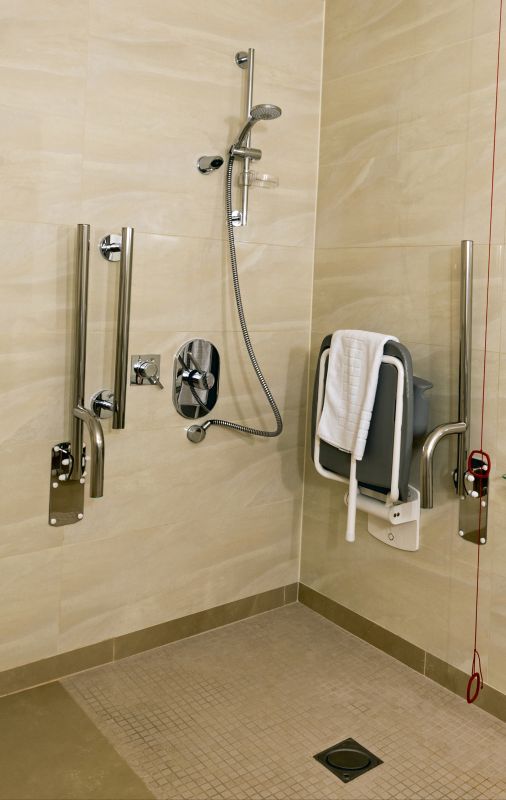
Small tweaks to make Waterproofings safer and easier to use.

Lower-waste or water-saving choices for Waterproofings.
Individuals interested in waterproofing services are encouraged to contact for detailed assessments and tailored solutions. Proper timing and application techniques are essential to achieving the best results and ensuring long-term protection against moisture-related issues.

